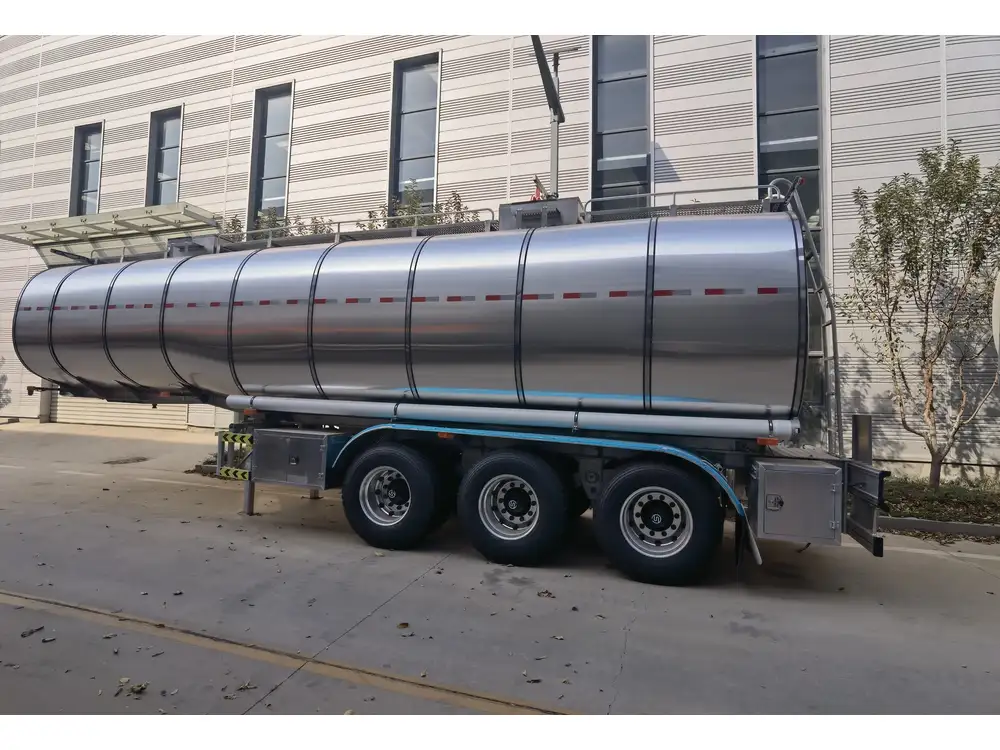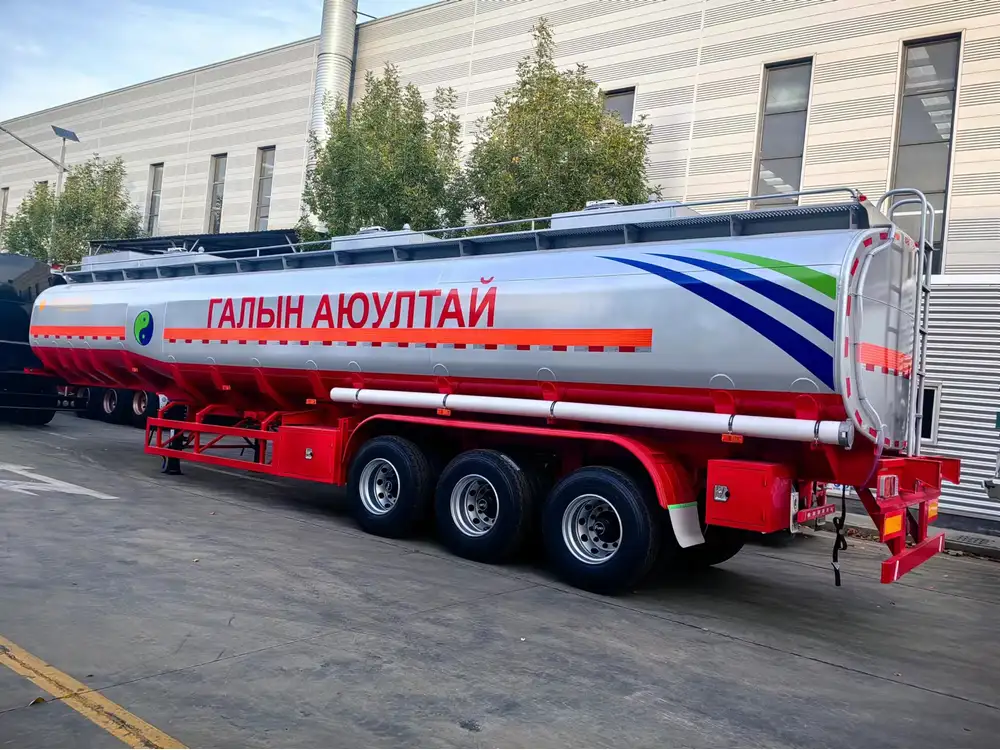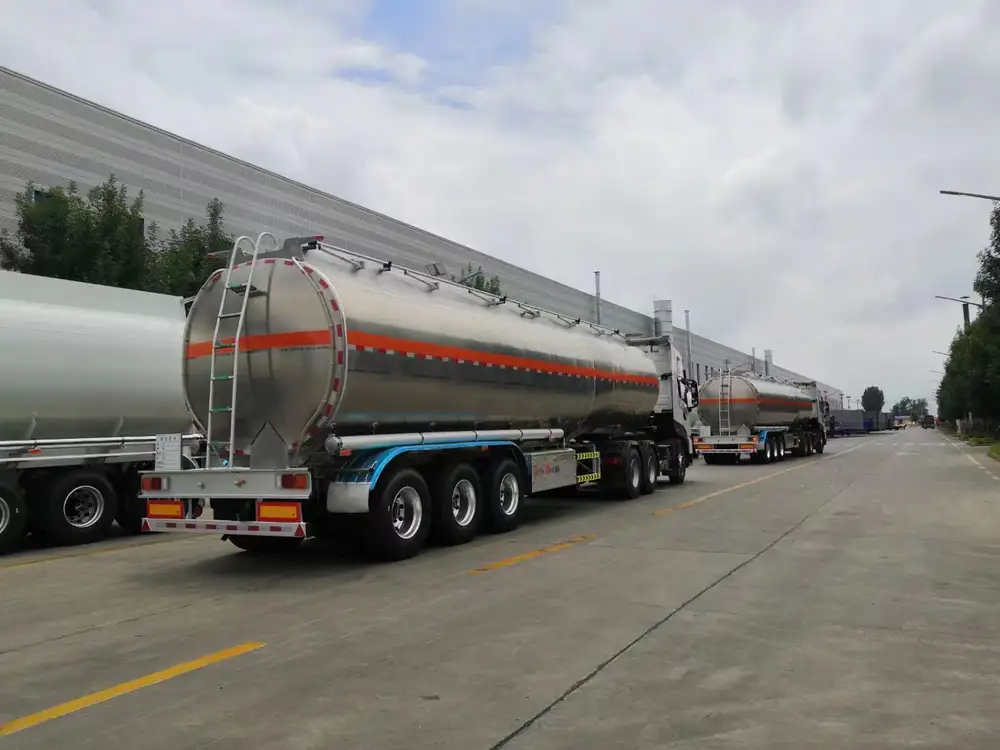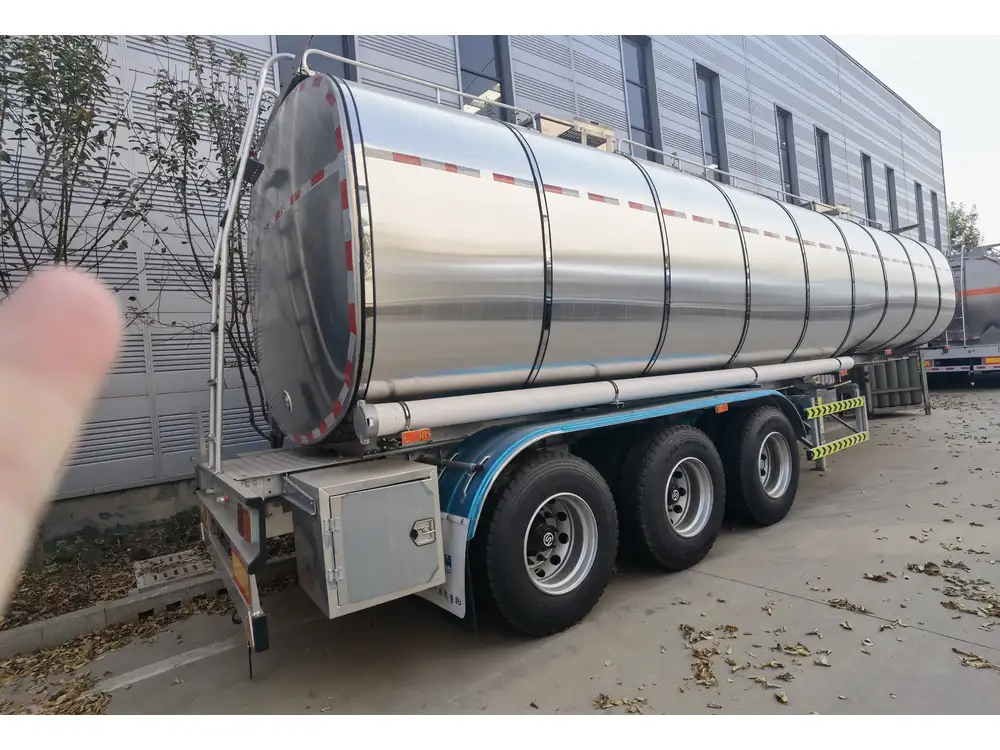Navigating the expansive landscape of the petroleum industry necessitates specialized equipment designed to tackle unique challenges. One such pivotal asset in this domain is the petroleum tanker, which serves as a critical conduit for transport and storage of liquid commodities. If you are exploring the best opportunities for a used petroleum tanker for sale in Namibia, you’ve arrived at the right destination. In this detailed exploration, we will delve deep into various aspects of purchasing a used petroleum tanker, necessary considerations, benefits, and the unique offerings from CarMax Trailer to meet your operational demands effectively.
The Importance of Used Petroleum Tankers
In Namibia, a country rich in resources yet distinct in its logistical challenges, the selection of an appropriate petroleum tanker can significantly influence both the efficiency and cost of operations. Here’s why investing in a used petroleum tanker is advantageous:
| Factors | New Tanker | Used Tanker |
|---|---|---|
| Cost | High initial investment | Lower acquisition cost |
| Depreciation | Rapid loss of value | Slower depreciation |
| Maintenance | Potentially high upkeep | Often well-refurbished |
| Availability | Limited stock | Wider selection available |
Benefits of Used Petroleum Tankers
Cost-Efficiency: Used petroleum tankers typically cost significantly less than new units, making them an attractive choice for businesses looking to maintain a manageable budget.
Immediate Availability: Unlike new units that may require manufacturing and lengthy waiting periods, used tankers are often ready for immediate deployment, ensuring you can respond quickly to market demands.
Refurbished Options: Many used petroleum tankers are refurbished to meet industry standards, providing an opportunity for buyers to acquire near-new quality at a fraction of the price.

How to Choose the Right Used Petroleum Tanker
Choosing the right used petroleum tanker involves careful consideration of several critical factors:
1. Tank Size and Capacity
Understanding the volume of petroleum you’ll be transporting is essential. Tank sizes generally vary from 5,000 liters to over 40,000 liters. Evaluating your operational needs against possible capacities will pinpoint the ideal tanker size.
2. Material and Construction
Petroleum tankers are constructed from various materials, primarily aluminum and stainless steel, each with unique benefits. Aluminum is lightweight and resistant to corrosion, while stainless steel provides enhanced durability and resistance to adverse conditions.

3. Condition of the Tanker
Inspecting both the exterior and interior condition is paramount. Rust, corrosion, and abnormal wear can signal underlying issues. Always request a comprehensive service history and consider getting a professional inspection.
4. Compliance with Regulations
Ensuring compliance with local and international regulations regarding the transportation of petroleum is crucial. Check for certifications that verify the tanker meets safety standards.
| Inspection Checklist | Details |
|---|---|
| Exterior Condition | Look for rust, dents, and paint condition |
| Internal Lining | Must be smooth and corrosion-free |
| Valves and Fittings | Check for functionality and standards |
| Certification | Verify all necessary regulatory certifications |
5. Manufacturer Reputation
Brands like CarMax Trailer have built a solid reputation for durability and reliability. Investigate manufacturer background and customer reviews to guide your decision.

Key Features to Look For in a Used Petroleum Tanker
When searching for a used petroleum tanker, certain features can enhance your operational efficiency. Here are key attributes to prioritize:
Enhanced Safety Systems: Look for tanks equipped with safety features such as pressure relief valves, emergency shut-off systems, and effective grounding systems to minimize hazards during operations.
Flow Meter Integration: Accuracy in measuring the volume of dispensed fuel is critical. A good used tanker should include calibrated flow meters designed to provide precise readings.
Insulation and Heating Systems: These features are essential in maintaining the quality of transported petroleum, especially in varying weather conditions.
Popular Tanker Configurations
Choosing a configuration that fits your operational needs can greatly impact efficiency:
| Configuration | Description |
|---|---|
| Single Compartment | Designed for transporting a single type of fuel |
| Multi-Compartment | Allows for the transport of various products |
| Belly Tank | Lower profile for easier access and stability |
| Rear Discharge | Facilitates unloading from the back, enhancing efficiency |
Financing Your Used Petroleum Tanker
Investing in capital equipment like a used petroleum tanker can require significant financial planning. Below are common financing options:
Direct Purchase: Outright purchase avoids long-term payment but requires upfront capital.
Financing Plans: Many dealers offer financing plans with monthly payments making it more manageable.
Leasing: If you require flexibility, leasing a used petroleum tanker allows for lower monthly payments without substantial initial outlay.

Tips for Financing
Evaluate Your Budget: Understand how much you can realistically afford each month.
Research Interest Rates: Compare interest rates from various financial institutions to ensure you receive favorable terms.
Examine Total Cost of Ownership: Include insurance, maintenance, and operational costs when calculating the total expense.
Navigating the Purchasing Process
After identifying your needs, navigating through the purchasing process efficiently is crucial.
1. Research and Selection
Begin with thorough research. Utilize online platforms, industry publications, and networking within the petroleum sector to explore available units.

2. Contact Reputable Dealers
Engaging with well-known dealers or manufacturers like CarMax Trailer ensures reliability. They can provide comprehensive details about the used petroleum tankers they have in stock.
3. Inspection and Test Drive
Always insist on inspecting the unit physically and conduct a test drive if possible. This firsthand experience can reveal crucial insights into the vehicle’s operational efficiency.
4. Negotiate Terms
Once you’ve settled on a tanker, don’t hesitate to negotiate the terms of sale. Many sellers expect negotiation and may offer better rates or maintenance terms.

5. Finalize Agreements and Payments
Once a satisfactory deal is reached, carefully review and finalize agreements. Ensure you understand all clauses, especially those related to warranties and returns.
Conclusion
The search for a used petroleum tanker for sale in Namibia presents unique opportunities and challenges. By understanding your operational needs, conducting careful research, and partnering with established manufacturers like CarMax Trailer, you’re equipped to make informed decisions that align with your business goals. With the right tanker, not only will you streamline your petroleum transportation but enhance overall operational efficiency.
FAQs
What are the primary considerations when buying a used petroleum tanker?
When purchasing a used petroleum tanker, consider factors such as tank size, material, condition, regulatory compliance, and manufacturer reputation.
How can I ensure the used tanker complies with regulations?
Check for necessary certifications and seek a sample compliance audit from previous owners. Operators should be familiar with local and international transport regulations.
Is financing available for purchasing used petroleum tankers?
Yes, various financing options are available, including direct purchase, financing plans offered by dealers, and leasing arrangements.
What maintenance should I expect for a used petroleum tanker?
Maintenance needs can vary, but routine checks on seals, valves, internal linings, and external surfaces for corrosion are common. Regular professional inspections are crucial to extend tankers’ lifespan.












Reviews
There are no reviews yet.